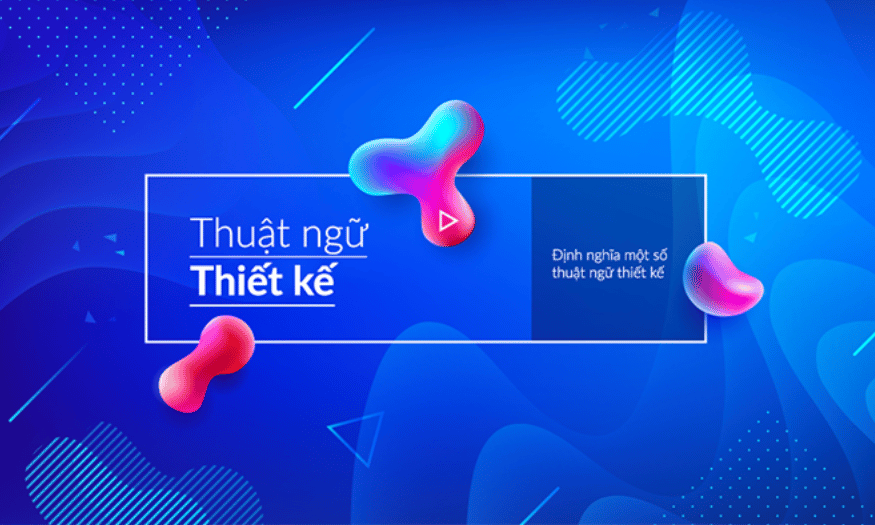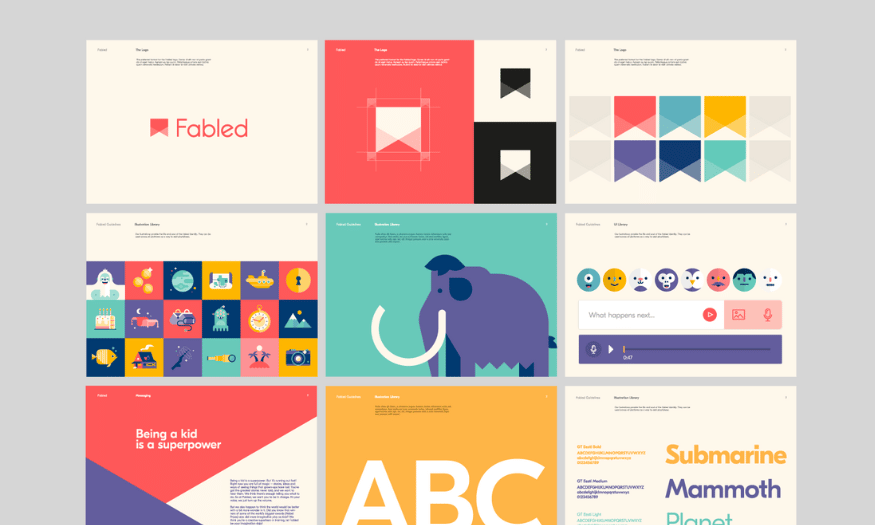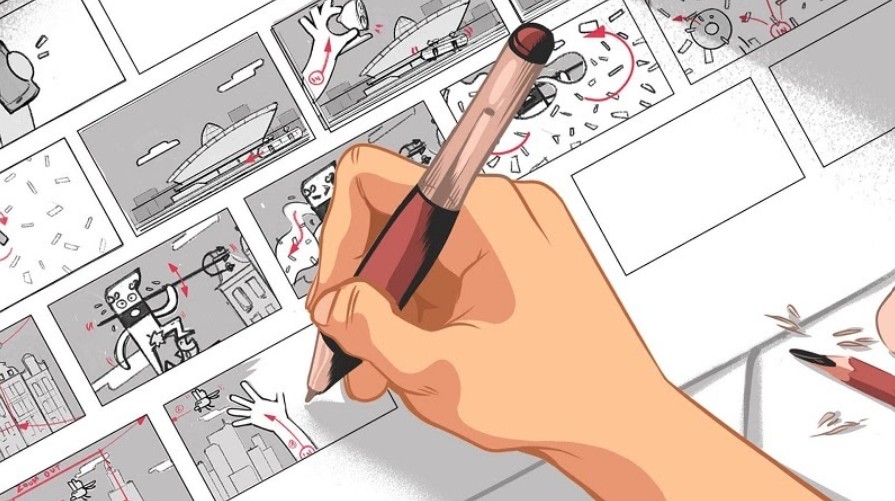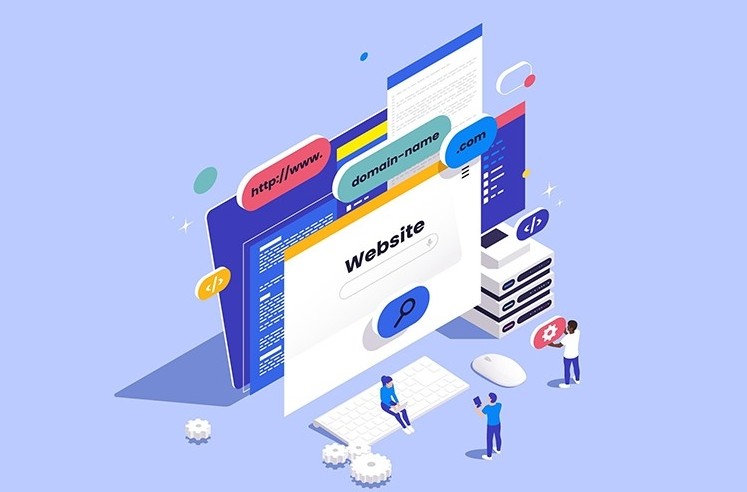Best Selling Products
Explore Element Sets In Design
Nội dung
In the world of design, the “Element” is not just a component but also a factor that determines the aesthetics and effectiveness of a product. The Element set in design includes color, shape, image, typography, and space, each element has its own mission, contributing to creating a perfect user experience. Exploring the Element set not only helps designers grasp the basic principles but also opens up new, creative perspectives in building unique and impressive products. In this article, Sadesign will take you deep into each component in the Element set, explore how they interact with each other and affect user perception.
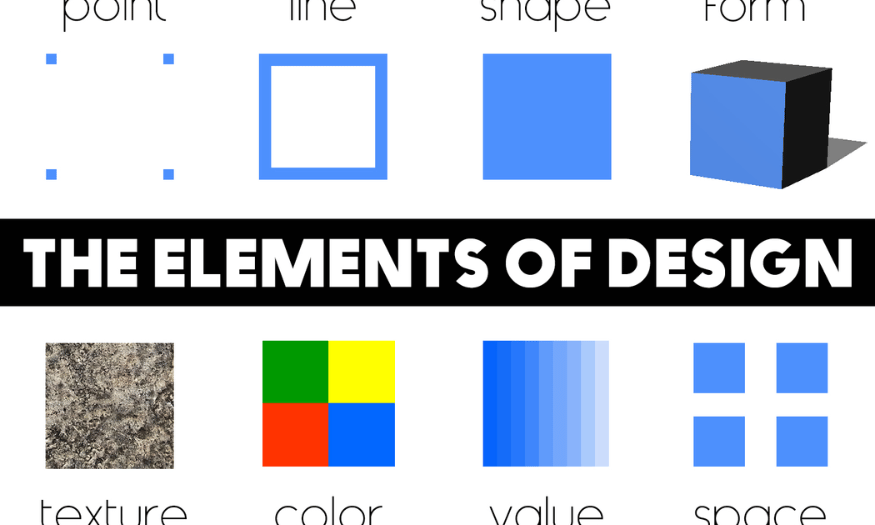
In the world of design, the “Element” is not just a component but also a factor that determines the aesthetics and effectiveness of a product. The Element set in design includes color, shape, image, typography, and space, each element has its own mission, contributing to creating a perfect user experience. Exploring the Element set not only helps designers grasp the basic principles but also opens up new, creative perspectives in building unique and impressive products. In this article, Sadesign will take you deep into each component in the Element set, explore how they interact with each other and affect user perception.
1. Form
Form is considered the first and most important element in design. It is usually defined in three dimensions: width, height, and depth. Form can be divided into two main categories: geometric and organic. Form is not only how an object is seen, but also how it interacts with the space around it.
Geometric shapes often bring precision and calculation to design. Shapes such as squares, triangles, and circles are good examples of geometric shapes. They can create a sense of balance, stability, and are easily recognizable to the viewer. In contrast, organic shapes tend to bring a softer, more emotional feel, often seen in designs inspired by nature or dynamic patterns.
Choosing between these two types of forms will depend on the message the designer wants to convey. In web design, forms are used to build user interfaces, from forms to navigation elements. Ensuring that the form fits into the overall design will not only help organize information but also create a positive user experience. The combination of geometric and organic forms can have a powerful impact on how viewers interact with a product.
.png)
2. Shape
Shape is one of the most fundamental elements of design. All objects are made up of shapes, and each shape has its own meaning. Shapes are often defined by lines and areas of color, which make them stand out from the surrounding space. Shapes can influence the viewer’s feelings and emotions.
There are three basic types of shapes: geometric, organic, and abstract. Geometric shapes tend to feel solid and can be used to create balance in a design. Organic shapes are more flexible and approachable, often used in designs that involve nature or emotion. Abstract shapes open up a wide range of creative possibilities, allowing designers to express their ideas freely and richly.
The combination of different shapes can have a powerful impact on how the viewer feels. For example, a design with lots of triangles can convey a sense of dynamism and upward movement, while circles can convey a sense of softness and friendliness. Choosing the right shape not only helps organize information but also creates specific emotions for the user. This shows the importance of shape in creating a complete and attractive design.
.png)
3. Line
Line is an essential design element that can organize space, create emphasis, and guide the viewer. A line can be as simple as a line connecting two points, but in design, it can be much more than that. Lines can be used to create patterns, shapes, and even movement in a design.
Lines can be classified into several types: straight, curved, long, short, horizontal or vertical. Each type of line brings a different feeling to a design. For example, straight lines tend to create a sense of stability and order, while curved lines are soft and flexible. The skillful use of line can create movement in a design, leading the viewer’s eye from one point to another.
In addition, lines can also convey emotions through thickness, color and form. A thin line can feel light, while a thick line can create a strong and clear feeling. The combination of different lines can create unique and impressive spaces, contributing to the overall design. Therefore, lines are not only a technical tool but also an important part in conveying the emotions and messages of the work.
.png)
4. Structure
Texture is an important element in design, often understood as the surface characteristics of an object. Texture affects not only how a surface looks, but also how it feels to the touch. Texture can be divided into two main types: tactile texture and visual texture.
Tactile textures are often perceived by touch, such as the surface of wood, stone, or fabric. In 3D design, tactile textures become especially important, as they help create a sense of intimacy and realism for the user. Designers often use techniques such as impasto in painting to create surfaces that are dynamic and full of depth. Paying attention to tactile textures can make a product more appealing and memorable.
Visual texture, on the other hand, primarily creates an impression on the viewer through color and shape. Although it cannot be touched, a painting with good visual texture can create a sense of depth and detail. This texture is often used in 2D design, where the visual plays a major role in conveying the message. Combining different types of textures can create rich experiences for the viewer, thereby enhancing the appeal of the product.
.png)
5. Color
Color is one of the most powerful elements in design, with the ability to influence the emotions and behavior of the viewer. Color is not simply an attribute of an object, but also a powerful tool for conveying a message. Each color can evoke different emotions and meanings, from the tranquility of blue to the dynamism of red.
In design, choosing the right colors can create harmony and balance. Designers often use color theory to determine how to combine colors effectively. Contrasting colors can attract attention, while similar colors create harmony and comfort. Additionally, colors can also be used to categorize information and guide users in interacting with a product.
In addition, color can also influence branding and recognition. A distinctive color can create a strong brand identity, making it easy for consumers to recognize and remember. Therefore, choosing color is not only an aesthetic decision but also an important part of marketing strategy. A skillful combination of colors will help create products that are more prominent and memorable in the minds of consumers.
.png)
6. Space
Space plays an important role in “oxygenating” elements in a design. Negative space or white space is the empty space, usually behind and around an image or graphic object. This negative space keeps our designs from looking cluttered or too confusing. Creating enough space between elements can help viewers easily access and perceive the message the design is trying to convey.
There are two main types of space: two-dimensional space and three-dimensional space. The space inside a shape is considered positive space, while the space outside is called negative space. When designing, negative space is often emphasized because it helps create balance and harmony for the overall work. Using negative space skillfully can highlight other elements in the design, thereby creating attraction and impression for the viewer.
Space can also influence the sense of depth and distance in a design. A design that uses space efficiently can create a sense of spaciousness and openness, while a design that is cramped can make the viewer feel pressured. Therefore, space management is not only a technical element but also an important part of creating a positive user experience.
.png)
7. Movement
The element of movement has become an integral part of modern design, especially in the digital age. In more traditional or static design methods, movement can be implied, but objects cannot move. Movement can be applied to lines, shapes, forms, and textures, and can even move objects in space. This is especially useful because it allows forms or shapes to express personality or tell a story.
In modern design, motion can be expressed through animations, which enhance the user experience. For example, in apps and interfaces, when a user interacts with a button, the button can animate on the canvas, and the next page can slide into view. This not only creates engagement, but also gives the user immediate feedback when they interact with a particular part of the interface. Motion helps create a smoother, more natural experience, and makes the design more dynamic and engaging.
Using motion in your design is not just about creating eye-catching effects, it can also help organize and categorize information more effectively. Motion can lead the viewer’s eyes, help them grasp important content, and guide them through their journey with the product. Therefore, intelligently integrating motion can add value to the overall design.
.png)
8. Contrast
Contrast is an important design element that helps create interest and draw the viewer’s attention. Contrast can be expressed through color, size, shape, and texture. When two or more elements are clearly different, they create a strong contrast that helps emphasize the message the designer wants to convey.
Using contrast in design can create a sense of dynamic and depth. For example, combining light and dark colors can highlight a particular element, making it a focal point in the overall design. Contrast can also be used to categorize information, making it easier for viewers to recognize and understand the content. When used properly, contrast can have a powerful impact on the user’s emotions and experience.
Furthermore, contrast is not limited to color, but can also be applied to geometric elements. A large shape can attract more attention when placed next to a smaller shape. This combination not only adds interest to the design, but also helps guide the viewer to the most important parts of the piece.
9. Balance
Balance is an essential design element that helps create stability and harmony in a piece of work. Balance can be divided into two main types: symmetrical balance and asymmetrical balance. Symmetrical balance is when elements are arranged in a regular pattern around an axis, creating harmony and pleasing to the eye. In contrast, asymmetrical balance is often more dynamic and interesting, when elements of different sizes and shapes are arranged freely.
Achieving balance in design is crucial to creating a positive user experience. A well-balanced design allows the viewer to feel comfortable and easily access the content without feeling cluttered or confusing. This is especially important in web design, where users need to interact with many different elements in the same space.
Balance can also influence how viewers perceive a brand. Strong brands tend to have designs that are well-balanced, which makes consumers feel confident and secure. Therefore, focusing on balance not only creates a beautiful piece of work, but also helps build a strong brand image in the minds of customers.
10. Photoshop - Perfect Element Creation Software
Photoshop is one of the world's leading graphic design software, developed by Adobe Systems. With the ability to edit images, create graphics and design websites, Photoshop has become an indispensable tool for professional and amateur designers. This software offers a wide range of powerful features, from color correction, creating special effects to the ability to work with layers and vectors.
One of the strengths of Photoshop is its ability to create rich and diverse design elements. You can easily create unique shapes, symbols, and textures, which helps enhance the creativity in your design work. With a rich set of tools, Photoshop allows you to customize every aspect of your design, from brightness, contrast to special effects, helping you realize any idea easily and effectively.
Sadesign provides Photoshop software upgrade services, helping you optimize your working experience and make the most of the latest features of this software. With the upgrade, you will have access to advanced tools and features, helping to improve work efficiency and design quality. Sadesign's team of experts will support you during the upgrade process, ensuring that the software operates smoothly and stably.
11. Conclusion
In short, the Element set in design is not just a set of separate components, but they are closely related to each other, creating a perfect overall picture. Understanding and applying these elements flexibly will help designers create outstanding, attractive products and bring the best experience to users. Exploring the Element set is not only a journey to find beauty but also a path to endless creativity in design. Let these elements become a source of inspiration for your creative work!









































